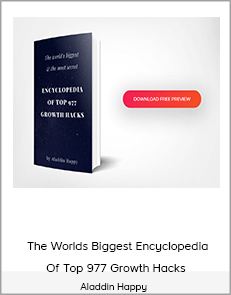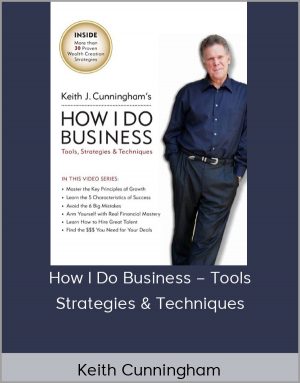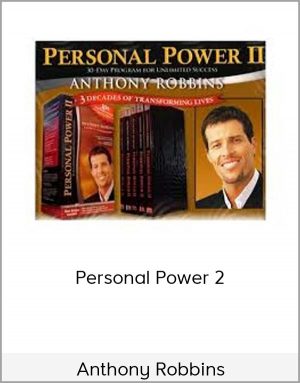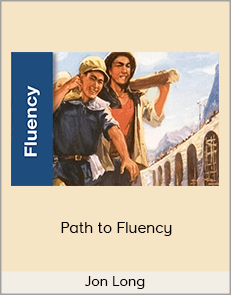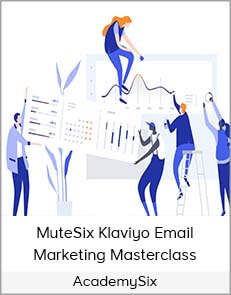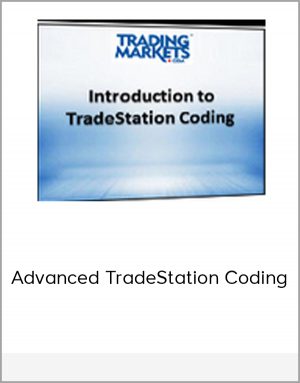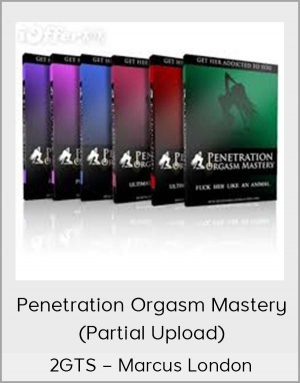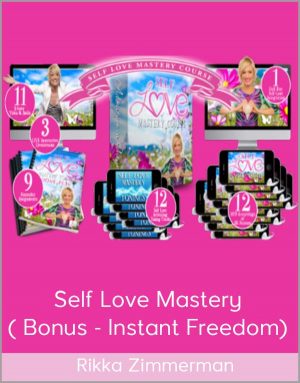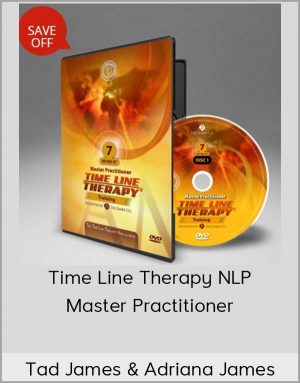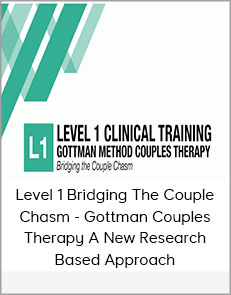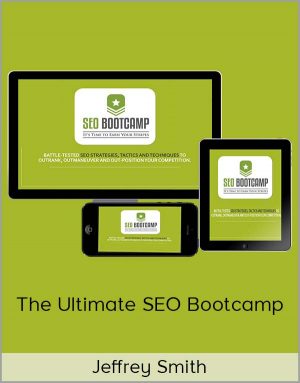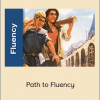Jon Long – Path to Fluency
$10.00$29.00 (-66%)
“The tips and resources available in this course, meticulously gathered by the team, can not be found anywhere else.”
Jon Long – Path to Fluency
Check it out: Jon Long – Path to Fluency
Path to Fluency
50+ videos in 7 units – progress beyond HSK to actual fluency!
This course helps students at HSK 5 or 6 progress to actual fluency, beyond the HSK curriculum. It teaches strategies on how to discover topics of interest, and provides tips and resources on how to obtain authentic Chinese material. With this course, students will improve their Chinese to near-native fluency and, in the process, gain profound knowledge of a wide range of subject matter such as science, technology, history, politics, and art.
” You guys have been insanely helpful. I’m going thru path to fluency right now and it has really rekindled my interest in learning chinese after slowing down at HSK5. I’ve always sort of known that achieving fluency was going to be a lifelong endeavor, but thanks to all of your recent advice I won’t be restricted to just textbooks and grammar points.”
– Ashman792 (YouTube Comment)
“The tips and resources available in this course, meticulously gathered by the team, can not be found anywhere else.”
– Muhammad Noman Ahmed, HSK 5/6 Student
” I appreciate how you just made this free for HSK 5/6 students! I’m taking HSK 5 right now and what a nice surprise to have these extra content. They are super useful, so many valuable tips and resources. I thank you guys so much for all your hard work, you guys truly are the best!”
– Josh W (YouTube Comment)
“It’s very straightforward and easy to understand/follow… as well as a necessary accompaniment to the grind of getting through all the vocabulary and grammar of HSK 1-6.”
– Tom Smart (In-Course Feedback)
Course Curriculum
Introduction
Welcome to Path to Fluency (2:35)
Joining our chatroom
Unit 1 – See the path
1.1 What exactly is “fluent”? (8:54)
What do you think?
What do you think?
1.2 Language Acquisition vs Language Learning (4:05)
1.3 Blending Acquisition and Learning (3:04)
1.4 Acquisition Overview (3:49)
1.4.1 Acquisition Step One – Discover areas of interest (7:31)
1.4.2 Acquisition Step Two – Getting input (3:23)
1.4.3 Acquisition Step Three – Producing output (3:15)
1.5 Learning Overview (7:24)
1.6 Get inspirations from the language-learning community (4:05)
Feedback 1
Unit 2 – Reading
2.1 Approaches to reading (3:37)
2.1.1 Using learner-oriented resources (17:50)
2.2 Discovering your next favourite book (6:03)
2.3 Getting Chinese eBooks (9:46)
2.4 Getting electronic magazines and newspapers (6:15)
2.5 Reading online news articles from China (3:14)
2.6 Reading Chinese articles from WeChat official accounts (3:53)
2.7 Reading manhua (comic books) (5:13)
2.8 Getting physical books online (4:12)
What do you think?
Feedback 2
Unit 3 – Vocabulary and Grammar
3.1 Using the dictionary (5:17)
What do you think?
3.2 Chinese-English dictionary vs Chinese-Chinese dictionary (4:34)
3.3 Should I look up all the words? (12:30)
3.4 Adding variety to your vocabulary (2:21)
3.5 Getting help with grammar (5:54)
3.6 Remembering what you learned (5:40)
Feedback 3
Unit 4 – Using Audio-Visual Material
4.1 News, radio and podcasts (5:49)
4.2 Movies, TV shows and online videos (11:59)
4.3 Taking online courses (5:56)
4.4 Enjoying Chinese music (3:53)
4.5 Content for learners (6:07)
4.6 Improving listening comprehension (7:49)
Unit 5 – Experiential Learning
5.1 What’s experiential learning? (2:33)
5.2 Visiting a Chinese neighbourhood (1:22)
5.3 Visiting China (7:40)


